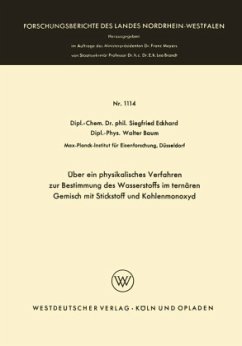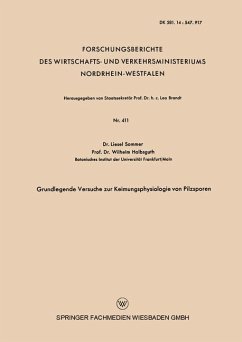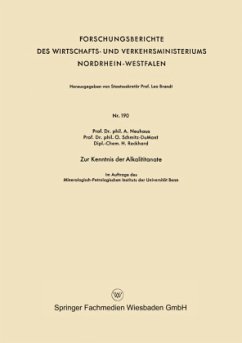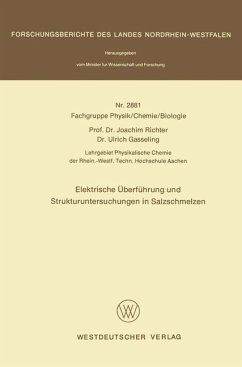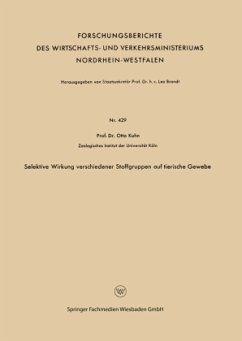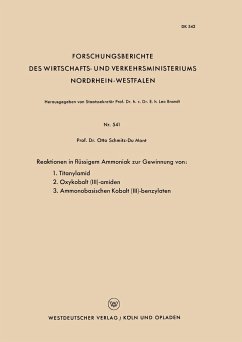
Radioastronomische Messungen der galaktischen Struktur und der Sternassoziation I Mon

PAYBACK Punkte
0 °P sammeln!
1 The area between 168° ;;;:; 1 ;;;:; 180°, - 2° ;;;:; bI ;;;:; + 5°, containing the I Mon association, was investigated by a study of the 21-cm-line emission of HL The profiles were taken at discrete points with a distance of 1 ° in longitude and latitude; the receiver bandwidth being 30 kcps, the . resolving power of the receiver was 1. 5° K for an average profile used in the reduction. Following the technical reductions the final profiles were decomposed into Gaussian components by an iterative procedure. The results of this analysis is shown in fig. 3-10. Three spiral arms can be dis...
1 The area between 168° ;;;:; 1 ;;;:; 180°, - 2° ;;;:; bI ;;;:; + 5°, containing the I Mon association, was investigated by a study of the 21-cm-line emission of HL The profiles were taken at discrete points with a distance of 1 ° in longitude and latitude; the receiver bandwidth being 30 kcps, the . resolving power of the receiver was 1. 5° K for an average profile used in the reduction. Following the technical reductions the final profiles were decomposed into Gaussian components by an iterative procedure. The results of this analysis is shown in fig. 3-10. Three spiral arms can be distinguished (fig. 11), all results 1 for 1 173° being uncertain because of the large receiver bandwidth. The arms have distances of 0. 6, 1. 5 and 3. 2 kpc from the sun. Several Gaussian components did not fit into the general picture of the spiral arms. They could, however, be traeed to the association I Mon. From these components a model for this association was obtained. In good correspondence to optical data the following data were found: 1 coordinates of the center 1 = 175. 8° bI = +1. 10 angular diameter 6. 5° velocity of the center 22. 4 km/sec velocity of expansion 22. 6 km/sec distance of the center 1. 6 kpc (acc. SCHMIDT-model of galactic rotation) 7 1.







